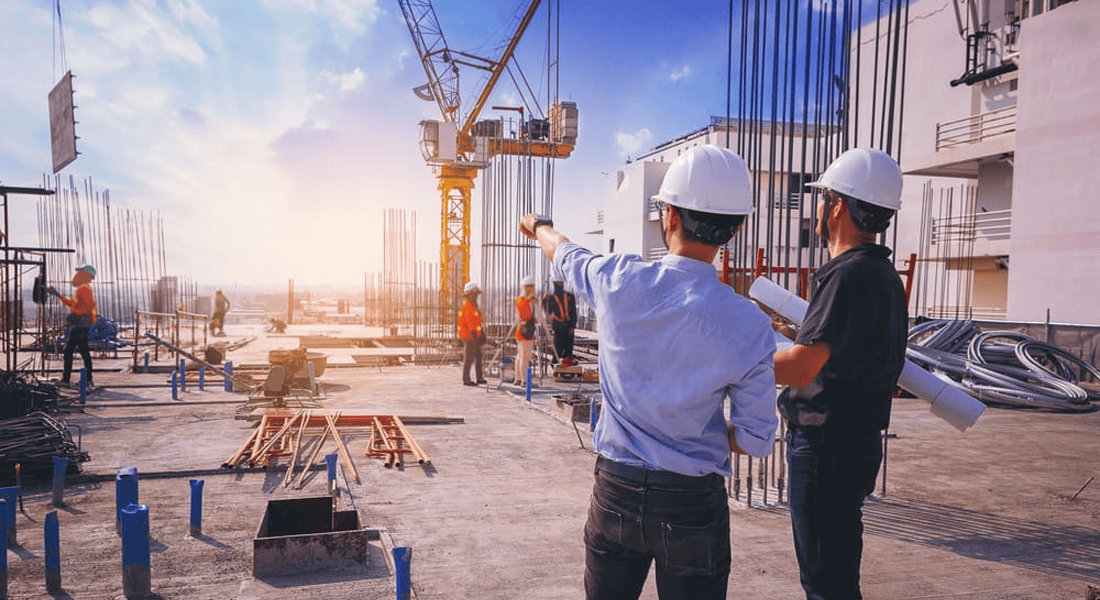One of the most important considerations in modern construction projects is the process known as construction drying. This service provides highly positive results for property owners and can be carried out naturally or with the help of professional drying systems. Below you can find frequently asked questions and answers about construction drying services.
What Is the Purpose of Dehumidifiers?
Dehumidifiers regulate the humidity in the air. They work by filtering the surrounding air, drawing it inside, condensing the moisture, and releasing dry air back into the environment.
Benefits of Construction Drying Systems
- Plays a critical role in thermal insulation.
- Eliminates mold and dampness within the building.
- Extends the overall lifespan of the structure.
- Removes microorganisms that are harmful to human health.
- Provides energy savings, even in newly completed buildings.
- Speeds up the project timeline by reducing delivery time.
Risks of Not Using a Construction Drying System
- Excess moisture left untreated causes construction materials to deteriorate and fail to deliver the expected results.
- Without proper drying, project completion is significantly delayed.
- Delays in construction reduce sales and can cause serious financial losses for property owners.
The Most Effective Drying Method in Construction
During construction, large amounts of water are used, leaving behind excessive moisture and wetness. The most reliable solution is the use of modern drying equipment, which combines:
- Ventilation
- Heating
- Re-ventilation
- Modern dehumidifiers (both condensation dehumidifiers and adsorption dehumidifiers)
How Is Construction Drying Performed?
- The appropriate drying device is selected based on the building’s size and moisture level.
- With the help of a hygrostat, the humidity inside the building is balanced.
- Moisture within walls and floors is removed using a vacuum drying method.
- These devices are simple to install and operate, but before starting, a moisture damage assessment must be carried out to identify problem areas.
Benefits of Screed Drying
- Provides an effective layer of insulation.
- Ensures a smoother finish.
- Increases structural strength and durability.
- Extends the lifespan of the surface.
Where Can Construction Drying Devices Be Used?
Construction drying equipment can be applied in many areas, including:
- Plaster drying
- Screed drying
- Floor drying
- Post-flood cleaning
- Wall drying
These devices capture and trap excess moisture, ensuring a fast and efficient drying process.
